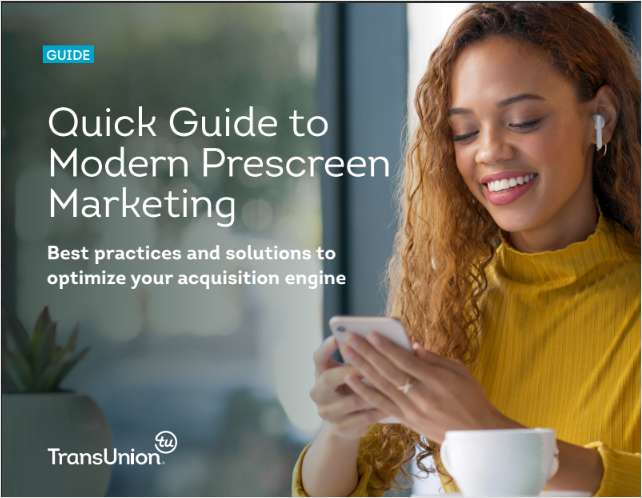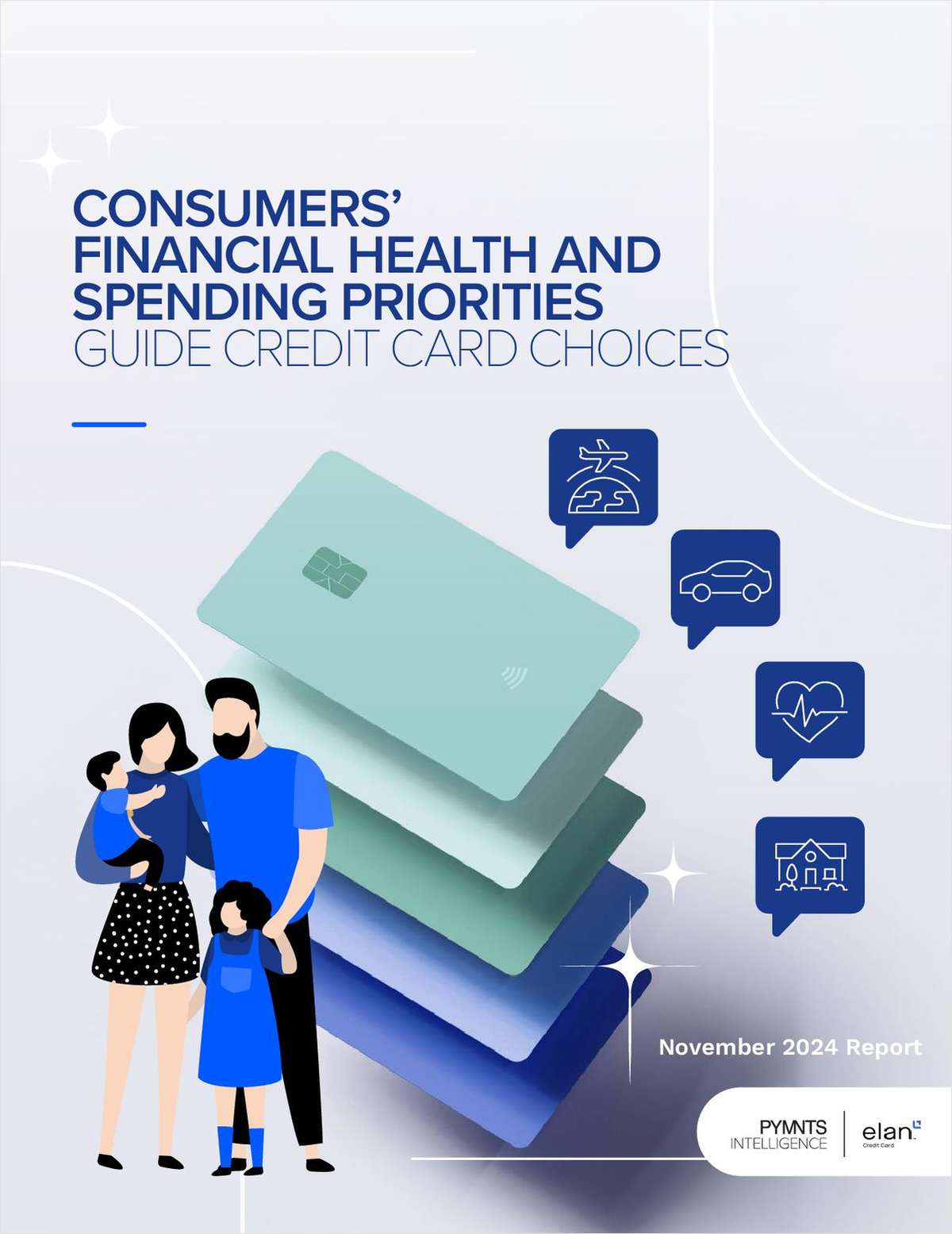When it comes to generating innovative ideas is your credit union tapping the same old sources?
A recent Filene Research Institute study, “Employee Voice and (Missed) Opportunities for Learning in Credit Unions,” found that 61% of credit union employees have useful ideas that their superiors never hear about.
“In the social network of organizations, information doesn't flow in a nice tidy way that follows the hierarchy of the organizational chart?good ideas come from everywhere regardless of age, gender, tenure or education level,” said Filene Chief Research Officer George Hofheimer. “Paradoxically, it has to start at the top, creating an environment where ideas are welcome, and you need to have authenticity behind the concept. If you're open to the employee voice on any variety of issue, then you must have mechanisms in place to act on them, and then also let everyone know that while not all ideas may be implemented, they will get a fair shake.”
The research showed that across 11 credit unions and thousands of employees, good ideas are simmering at all levels. The 18-month study by researchers Ethan Burris of the University of Texas at Austin, James Detert of Cornell University and David Harrison of Pennsylvania State University found that leaders who actively go in search of new ideas, demonstrate openness and follow up tend to elicit more voices than those leaders who rely on formal reporting mechanisms and wait for ideas to bubble up. In addition, mid-level managers, especially branch leaders, play a critical role in getting good ideas to the top.
“Whether your credit union's focus is expense control, membership growth, new business lines or greater market share, good ideas that are voiced, heard and implemented are the key to competitive advantage. Without those advantages, credit unions can only offer commodity products and rely on members' goodwill?not a winning strategy,” said the study's authors.
The study also found that employees may need coaching to guarantee that they present ideas effectively. For example, couching ideas in terms of benefits for the overall organization.
Hofheimer suggested that credit unions have a system in place where someone is monitoring ideas, whether it's a communications manager or human resources training staff. He added that researchers found good ideas can disappear because they add to a manager's workload or because they may not offer personal or immediate benefits. Credit unions should insist on a quality control process that gives ideas multiple evaluators at different organizational levels.
“Develop a formalized communication structure where all the ideas can be dwindled down to one and act on it. Those ideas not acted upon should be recognized,” said Hofheimer. “Recognizing the contribution and letting the person know you listened to their idea, but it is not the right time to do it, lets them know their input mattered enough for you to get back to them. Nothing is worse than setting up the right environment to voice ideas and concerns and having the sense that it is simply falling into a black hole.”
Consistency is also key, as the authors said that employees are too smart to be fooled for long by an espoused desire for employee input that isn't backed up by formal requests for it, use of it, and rewards for providing it.
Whether it is a sophisticated intranet or low-tech ideas implemented at the branch level or in a department level, what's important, Hofheimer said, is that the right environment that encourages employee voices that help categorize the ideas generated can and should be created even on a shoe-string budget.
Complete your profile to continue reading and get FREE access to CUTimes.com, part of your ALM digital membership.
Your access to unlimited CUTimes.com content isn’t changing.
Once you are an ALM digital member, you’ll receive:
- Breaking credit union news and analysis, on-site and via our newsletters and custom alerts
- Weekly Shared Accounts podcast featuring exclusive interviews with industry leaders
- Educational webcasts, white papers, and ebooks from industry thought leaders
- Critical coverage of the commercial real estate and financial advisory markets on our other ALM sites, GlobeSt.com and ThinkAdvisor.com
Already have an account? Sign In Now
© 2025 ALM Global, LLC, All Rights Reserved. Request academic re-use from www.copyright.com. All other uses, submit a request to [email protected]. For more information visit Asset & Logo Licensing.









